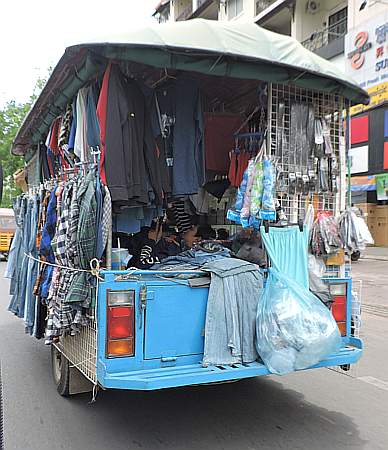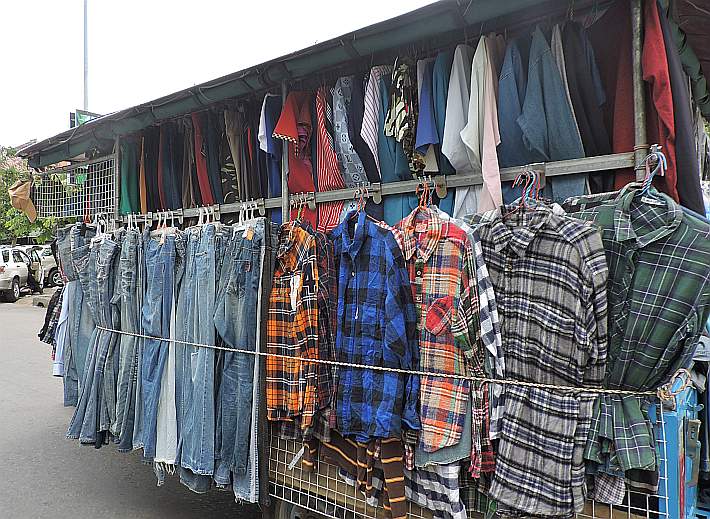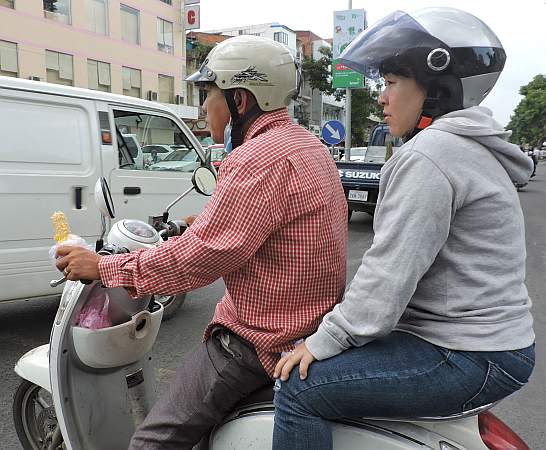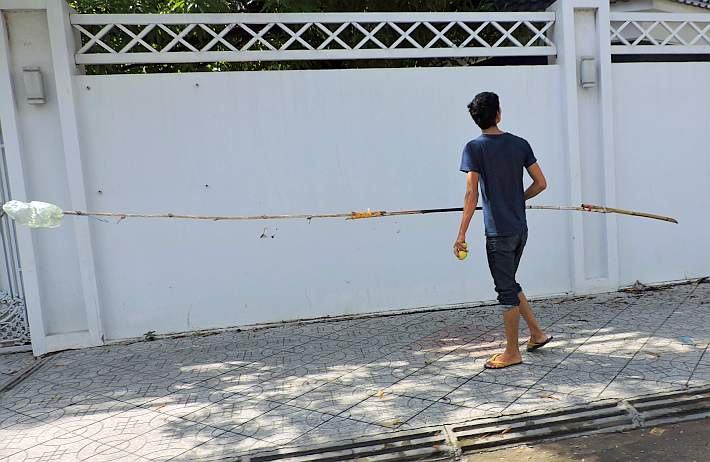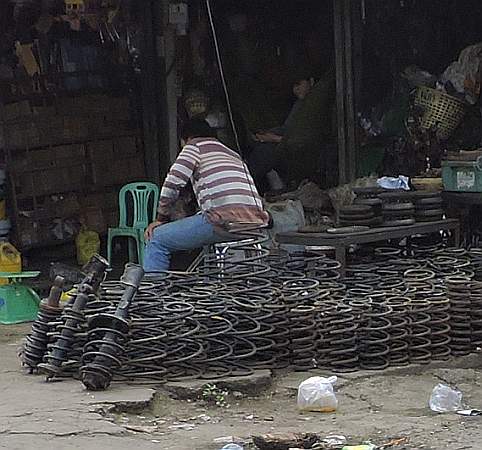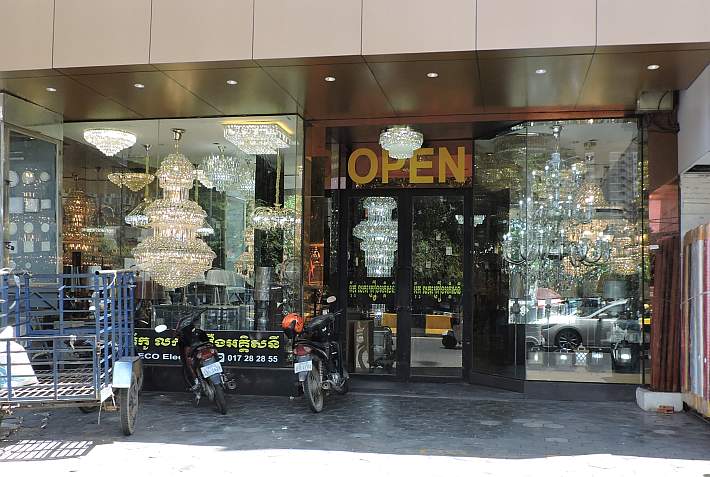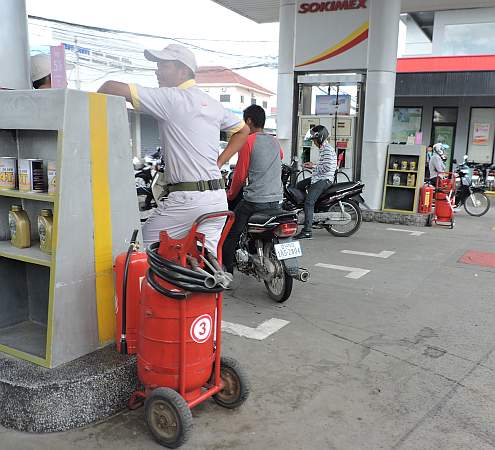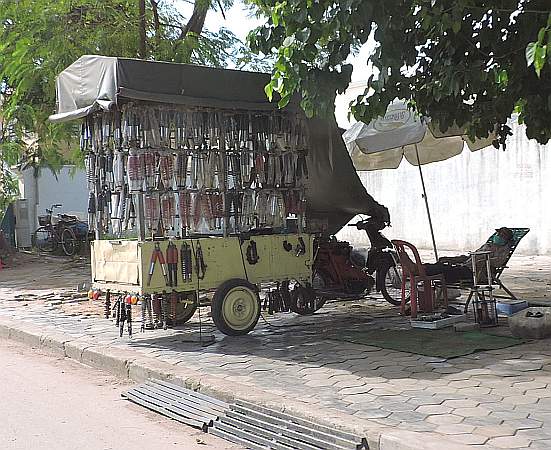
Unfortunately too much of life in Cambodia comes down to money. Not much happens here without money–often LOTS of money–being part of the deal. Cambodia is moving from a developing country into the lower middle income bracket and that generates lots of opportunities for gifts and bonuses and outright graft. The prime minister is known by some business people as Mr. Ten Percent. Things that would be free of commercial taint, like traffic signs in other countries, become income generators here.

